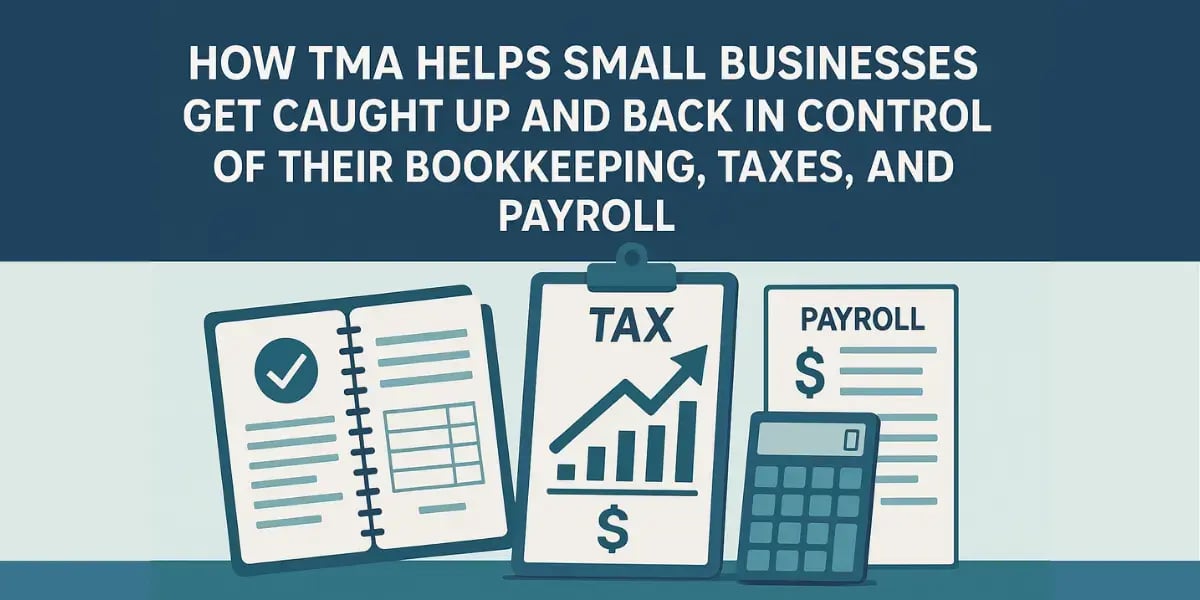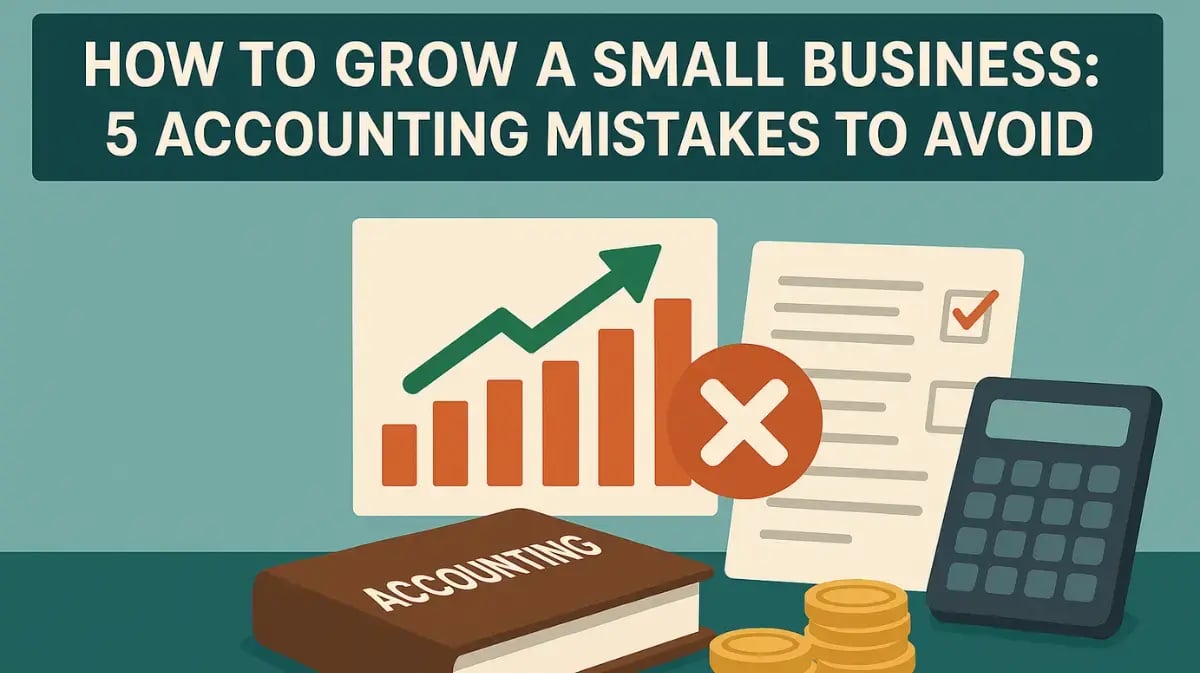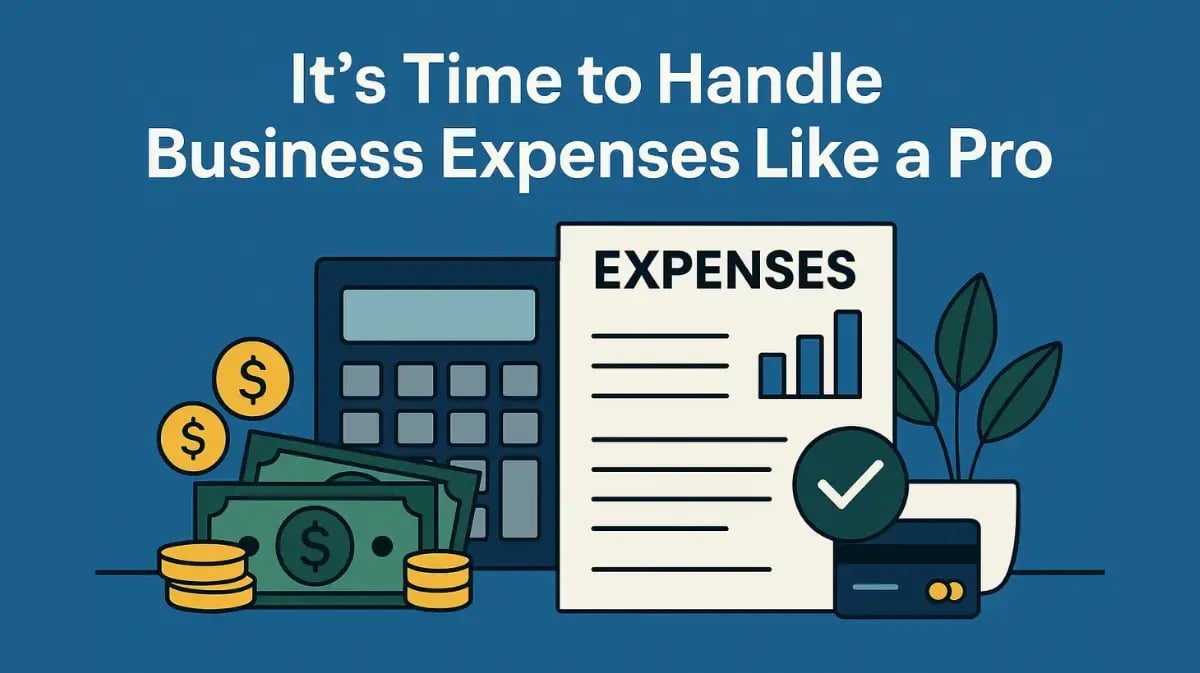With the 2024 tax year right around the corner, there's good news coming from the IRS. According to a recent announcement from the tax agency (Notice 2023-75), there will be increases in retirement plan contributions next year due to inflation adjustments.
Here's a rundown of some of the changes:
Contributions to 401(k) and 403(b) Plans
ETaxpayers will be able to contribute up to $23,000 in 2024, up from $22,500 in 2023. The catch-up contribution amount for those ages 50 and older will remain $7,500.
IRAs
The limit on annual contributions to traditional and Roth IRAs will increase to $7,000 in 2024, up from $6,500 in 2023. The extra catch-up contribution for those ages 50 and older will remain $1,000.
Phase-out amounts for traditional IRAs
The deduction for taxpayers making contributions to a traditional IRA will phase out in 2024 for singles who are covered by a workplace retirement plan and have modified adjusted gross incomes (AGI) between $77,000 and $87,000, up from $73,000 and $83,000 in 2023.
For married couples filing jointly, in which the spouse who makes the IRA contribution is covered by a workplace retirement plan, the 2024 income phase-out range will be $123,000 to $143,000, up from $116,000 to $136,000 in 2023.
For an IRA contributor who isn't covered by a workplace retirement plan and is married to someone who is covered, the deduction will phase out in 2024 if the couple's income is between $230,000 and $240,000, up from $218,000 and $228,000 in 2023. For a married individual filing a separate return who is covered by a workplace retirement plan, the phase-out range isn't subject to an annual cost-of-living adjustment and remains $0 to $10,000.
Phase-out amounts for Roth IRAs
The 2024 AGI phase-out range for married couples filing jointly and making contributions to a Roth IRA will be $230,000 to $240,000, up from $218,000 to $228,000 in 2023.
For single taxpayers, the 2024 income phase-out range will be $146,000 to $161,000, up from $138,000 to $153,000 in 2023. For a married individual filing a separate return, the phase-out range isn't subject to an annual cost-of-living adjustment and will remain $0 to $10,000.
The 2024 AGI limit for the saver's credit
Also known as the retirement savings contribution credit for low and moderate-income workers will be $76,500 for married couples filing jointly, up from $73,000 in 2023. For heads of household, it will be $57,375, up from $54,750; and for married individuals filing separately and for singles, it will be $38,250, up from $36,500.
Here are some other 2024 retirement plan amounts, as compared with 2023:
| Qualified Plan Limits |
2024 |
2023 |
| Defined Contribution Plan Dollar limit on additions on Sections 415(c)(1)(A) |
$69,000 |
$66,000 |
| The limitation on the annual benefit under a defined benefit plan under Section 415(b)(1)(A) |
$275,000 |
$265,000 |
| Annual compensation limit under Sections 401(a)(17), 404(l), 408(k)(3)(C) and 408(k)(6)(D)(ii) |
$345,000 |
$330,000 |
| SIMPLE deferrals under Section 408(p)(2)(E) |
$16,000 |
$15,500 |
| SIMPLE catch-up contributions for those age 50 and older |
$3,500 |
$3,500 |
| Compensation defining highly compensated employee under Section 414(q)(1)(B) |
$155,000 |
$150,000 |
| Compensation defining key employee in a top-heavy plan under Section 416(i)(1)(A)(i) |
$220,000 |
$215,000 |
| Compensation triggering Simplified Employee Pension contribution requirement under Section 408(k)(2)(C) |
$750 |
$750 |
Have more questions for the TMA Accounting team? Reach out and start a conversation.
© 2023
Blog Disclaimer: Nothing in this post constitutes legal, tax, or financial advice and is intended for informational and educational purposes only. This informational and educational material is not intended, and must not be taken, as legal, tax, or financial advice on any particular set of facts or circumstances or as recommendations that are suitable for any specific person. You need to contact a lawyer, accountant, or financial adviser licensed in your jurisdiction for advice on your specific questions, issues, and concerns. View our full here.






















.webp?width=1200&height=673&name=5%20Common%20Accounting%20Frustrations%20(and%20How%20to%20Find%20a%20Better%20Solution).webp)

